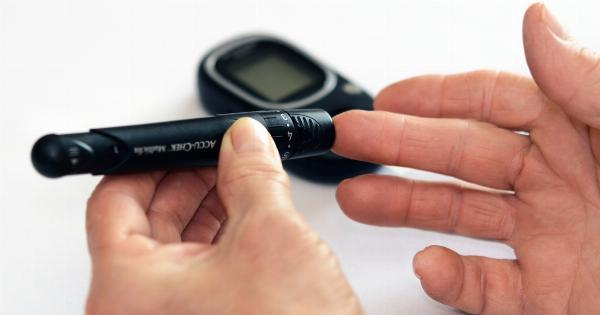COVID-19, caused by the novel coronavirus SARS-CoV-2, has not only impacted respiratory health but has also been found to have significant neurological implications.
One such consequence is the increased risk of ischemic stroke in patients with COVID-19. Ischemic stroke is a type of stroke that occurs when blood flow to the brain is disrupted, leading to damage or death of brain cells.
In this article, we will explore the relationship between COVID-19 and ischemic stroke and delve into the various ways in which the virus can impact this neurological condition.
Understanding Ischemic Stroke
Ischemic stroke occurs when a clot or blockage forms in a blood vessel supplying blood to the brain. The lack of blood flow deprives the brain of oxygen and nutrients, leading to brain cell damage or death.
Common risk factors for ischemic stroke include hypertension, diabetes, smoking, and obesity. However, emerging evidence suggests that COVID-19 may also increase the risk of developing this condition.
The Link Between COVID-19 and Ischemic Stroke
Studies have shown that COVID-19 can lead to a hypercoagulable state, increasing the likelihood of clot formation throughout the body, including in blood vessels supplying the brain.
The virus has been found to cause endothelial dysfunction, inflammation, and disruption of the coagulation system – all of which contribute to the development of blood clots.
COVID-19-Related Factors Contributing to Stroke Risk
Several factors associated with COVID-19 have been identified as contributing to the increased risk of ischemic stroke:.
- Systemic Inflammation: COVID-19 triggers a systemic inflammatory response in the body, leading to endothelial dysfunction and increased clot formation.
- Endothelial Damage: The virus directly infects and damages the endothelial cells lining blood vessels, further promoting clot formation.
- Thrombocytopenia: COVID-19 can cause a decrease in platelet count, leading to an impaired clotting response and increased risk of bleeding and clotting events, including stroke.
- Cardiovascular Complications: COVID-19 often presents with cardiovascular manifestations such as myocarditis and arrhythmias, which can indirectly contribute to stroke development.
Diagnostic Challenges
Diagnosing ischemic stroke in patients with COVID-19 can be challenging due to overlapping symptoms and the presence of confounding factors.
Common stroke symptoms, such as weakness, confusion, and difficulty speaking, can also be attributed to the respiratory effects of COVID-19. Additionally, the use of anticoagulants in COVID-19 treatment can mask some typical stroke findings. Therefore, it is crucial for healthcare providers to remain vigilant and consider stroke as a possible complication in COVID-19 patients.
Management and Treatment
Effective management and treatment of ischemic stroke in COVID-19 patients require a multidisciplinary approach.
Time-sensitive interventions, such as administering thrombolytic therapy or mechanical clot removal, should be considered if the benefits outweigh the risks. However, the decision to proceed with such interventions must be carefully evaluated, considering the patient’s overall clinical status and potential complications.
Prevention Strategies
Preventing COVID-19-related ischemic stroke involves a combination of general preventive measures for COVID-19 and specific stroke prevention strategies.
Patients with pre-existing risk factors for stroke should be closely monitored and managed to minimize their chances of developing a stroke. Additionally, maintaining a healthy lifestyle, including regular exercise, a balanced diet, and proper control of underlying conditions, can greatly reduce the risk of stroke.
Conclusion
The COVID-19 pandemic has not only impacted respiratory health but has also been associated with an increased risk of ischemic stroke.
Understanding the mechanisms by which COVID-19 contributes to the development of ischemic stroke is crucial for timely identification, management, and prevention of this neurological complication. Healthcare providers must remain vigilant and consider stroke as a possible complication in COVID-19 patients, while also implementing preventive strategies to reduce the overall risk of stroke in the population.






























